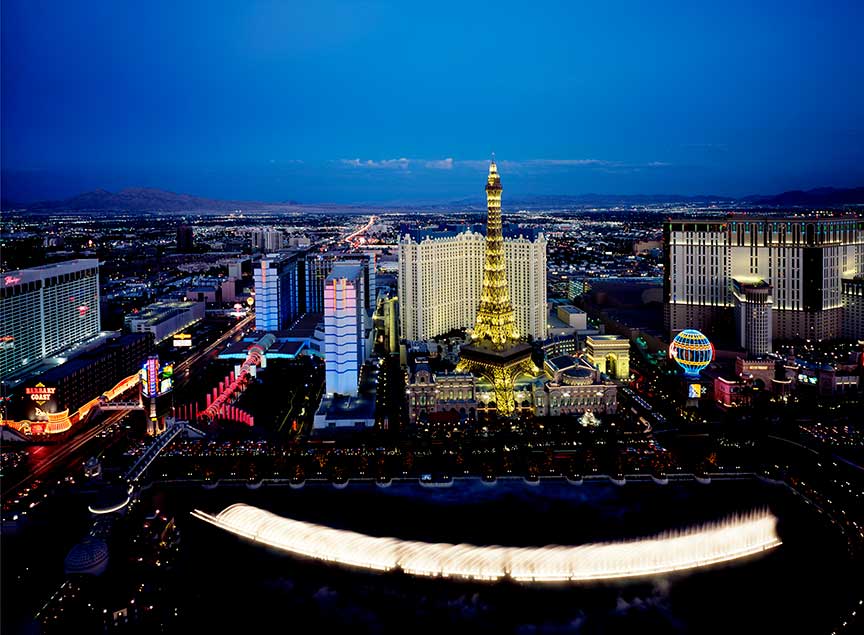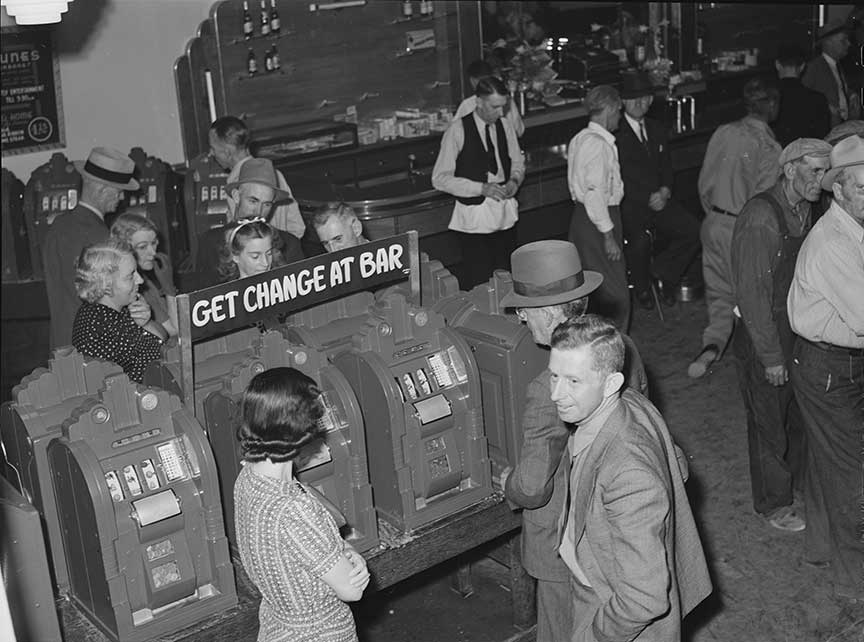Las Vegas

Basic Information
Las Vegas is calles itself the Entertainment Capital of the World. It is the gambling capital of the world as well as the marriage capital of the United States
Population 2020:641,903
Median Age:37.8
84.8% of the populution has a HS or higher education
24.6% of the populution has a BA or Higher
Median Household Income:$53,000
8.9% of the Residents Live below the poverty line
Total Area 135.81 Sq Miles
42% of the city residents are veterans
There are 231,915 housing units in the city
Photos of the City
Visiting Las Vegas
Railroad Station
True Love:The History Behind Las Vegas Weddings
History of Las Vegas
Las Vegas was the first westerners when Spanish merchant Antonio Armco led a trade caravan to Los Angeles. He came upon the Valley and called it Las Vegas, which means Fertile Plains in Spanish. The US army created a temporary fort in the Valley, but it was never permanently occupied. In 1865 Octavius Gass reoccupied the fort. At the same time, the Paiute Nation agree in return for relocation and supplies to give up land near the fort.
Gass began farming the land but lost the ground to Archibald Stewart to pay off a debt. It stayed in the Stewart family until it was bought by the San Pedro, Los Angeles, and Salt Lake Railroad. The railroad, which was the brainchild of Montana Senator William Andrew Clark, was built between Salt Lake City and Las Vegas. The county was named Clark County, and the land was sold for agriculture to grow in the area. Water was soon piped into the area, and a small town developed. The railroad was completed to Southern California, and Las Vegas became an important point between California and Salt Lake City. A second rail line was built between Las Vegas and a small boomtown called BullFrog.
The city of Las Vegas was officially born on May 15, 1905. The town began to grow slowly. On July 3, 1930, President Hoover signed the law authorizing the building of the Boulder Dam( which was renamed the Hoover Dam). The population of Las Vegas soured. It went from 5,000 to 25,000, with most newcomers young men looking to work on the dam. Soon a thriving entertainment industry developed to meet the needs of this young single population. The State legalized gambling in the town in 1931. The Federal government responded by barring workers on the dam from coming to the city, but they managed to go anyway.

The dam was completed in 1935, and Las Vegas became one of the first customers of the electricity generated by the dam's turbines. During World War II, the army had a gunnery school in the town in the area that would become Nellis Air Force Base. They forced the city to outlaw prostitution. In April 1941, just before the US entered the war, Thomas Hull had opened the El Rancho Vegas- the first hotel on what would become the Las Vegas Strip.
When the war ended, several mob investors started building large casinos. The first was the Flamingo Hotel. Gambling soon became a big business. In 1954 it attracted 8 million visitors to Las Vegas, who spent an estimated $200 million. Major stars of the time, such as Frank Sinatra and Dean Martin, performed in the city's casinos.
Near Las Vegas, the US Atomic Energy Commission detonated over 100 atomic bombs in test throughout the '50s. The mushroom clouds were visible from the city, and Las Vegas used them to attract tourists.
In 1959 the Las Vegas Convention Center was built.
In 1966 Howard Hughes, the reclusive aviation pioneer, moved to the Las Vegas Desert Inn, which he purchased. Hughes invest $300 million in Las Vegas.
The city continued to develop and grow rapidly. In most decades, the city's population doubled. Starting in the 1989's, new mega resorts were opened. The first was the Mirage, built by Steven Wynn. There was an attempt to make Las Vegas's image more family-friendly with resorts that began catering not only to gamblers but to the whole family. The Las Vegas Convention Center continuously expanded, making it one of the largest in the world, and the host to countless mega trade shows
In October 2017, the Mandalay Resort was the scene of the largest mass shooting in US history when a gunman killed 60 and injured 867.
 >
>